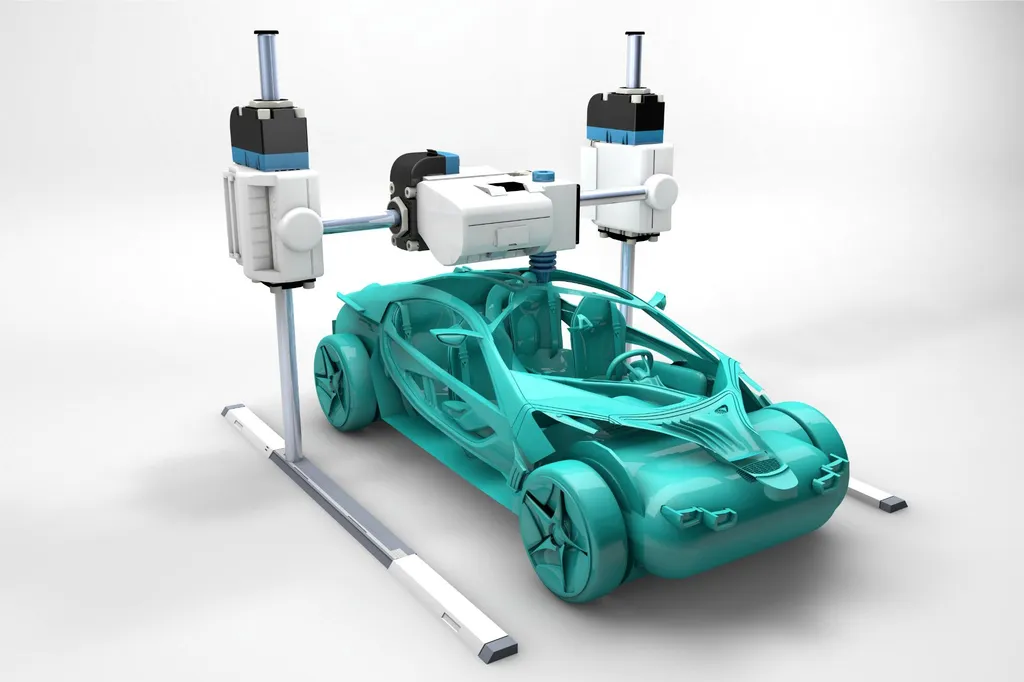In a significant stride towards optimizing additive manufacturing processes, researchers have developed a comprehensive computational framework that maps the intricate relationships between process parameters, microstructure, and mechanical properties in laser powder bed fusion (L-PBF) of Hastelloy-X alloys. This breakthrough, led by Fabien Briffod at the National Institute for Materials Science in Japan, promises to revolutionize the energy sector by enabling data-driven optimization of L-PBF processes, reducing the need for costly and time-consuming trial-and-error experimentation.
The research, published in the journal *Materials & Design* (translated as *Materials & Design*), presents an integrated computational materials engineering framework that couples heat transfer, cellular automata (CA) solidification, and crystal plasticity finite elements (CPFE) simulations. This integrated approach allows for a detailed understanding of the complex interplay between process parameters and material performance.
“Our framework offers a robust and efficient alternative to traditional experimental methods,” said Briffod. “By accurately capturing the melt pool geometry and the transition from conduction to keyhole melting, we can predict the microstructural features and mechanical behavior of the material with unprecedented precision.”
The heat transfer model was calibrated using single-track experiments and Bayesian inference, ensuring accurate capture of melt pool geometry. The CA model, driven by thermal simulation data, successfully reproduced key microstructural features, including the equiaxed-to-columnar grain transition and the formation of a strong crystallographic texture. The mechanical behavior was then predicted by CPFE simulations on representative volume elements extracted from the CA microstructures, revealing a direct correlation between crystallographic texture and macroscopic mechanical properties.
This validated approach allows for the mapping of the (P,v) process space, identifying distinct regions based on defect formation, microstructure, and mechanical response. The implications for the energy sector are profound, as this framework can be used to optimize the L-PBF process for the production of high-performance components for energy applications, such as turbines and heat exchangers.
“The energy sector stands to benefit greatly from this research,” Briffod explained. “By optimizing the L-PBF process, we can produce components with superior mechanical properties, leading to more efficient and reliable energy systems.”
The research also paves the way for future developments in the field of additive manufacturing. By providing a detailed understanding of the process–structure–property relationships, this framework can be used to develop new materials and processes tailored to specific applications. This could lead to the development of new, high-performance materials for a wide range of industries, from aerospace to biomedical engineering.
In conclusion, this research represents a significant step forward in the field of additive manufacturing. By providing a comprehensive, experimentally validated framework for mapping the process–structure–property relationships in L-PBF, it offers a powerful tool for optimizing the production of high-performance components for the energy sector and beyond. As the energy sector continues to evolve, this research will play a crucial role in shaping the future of additive manufacturing.

